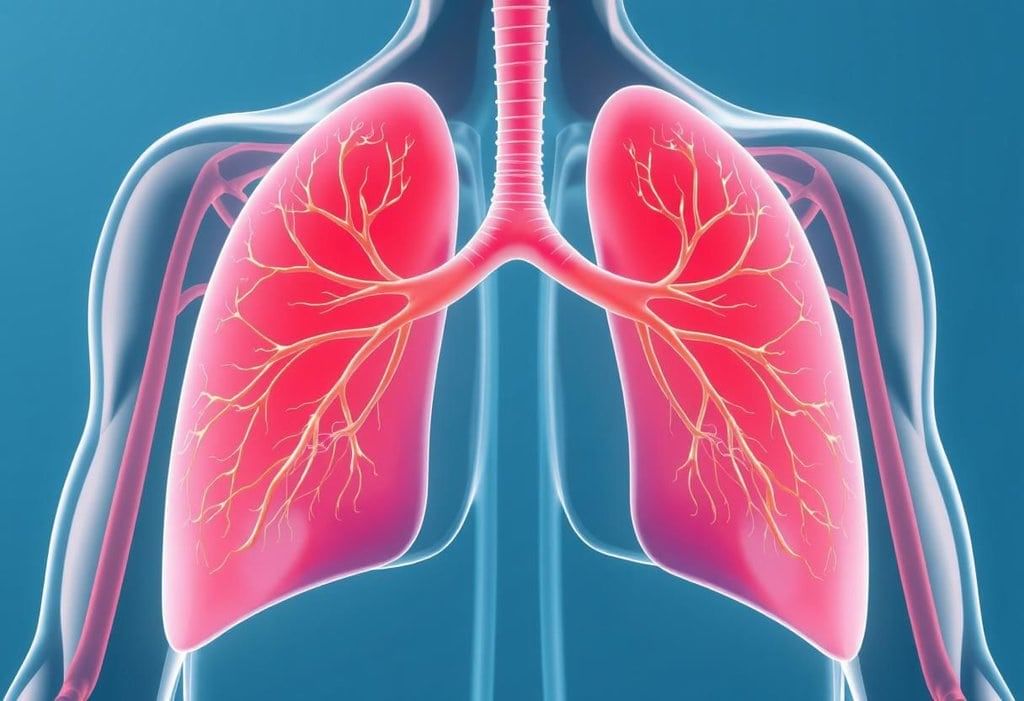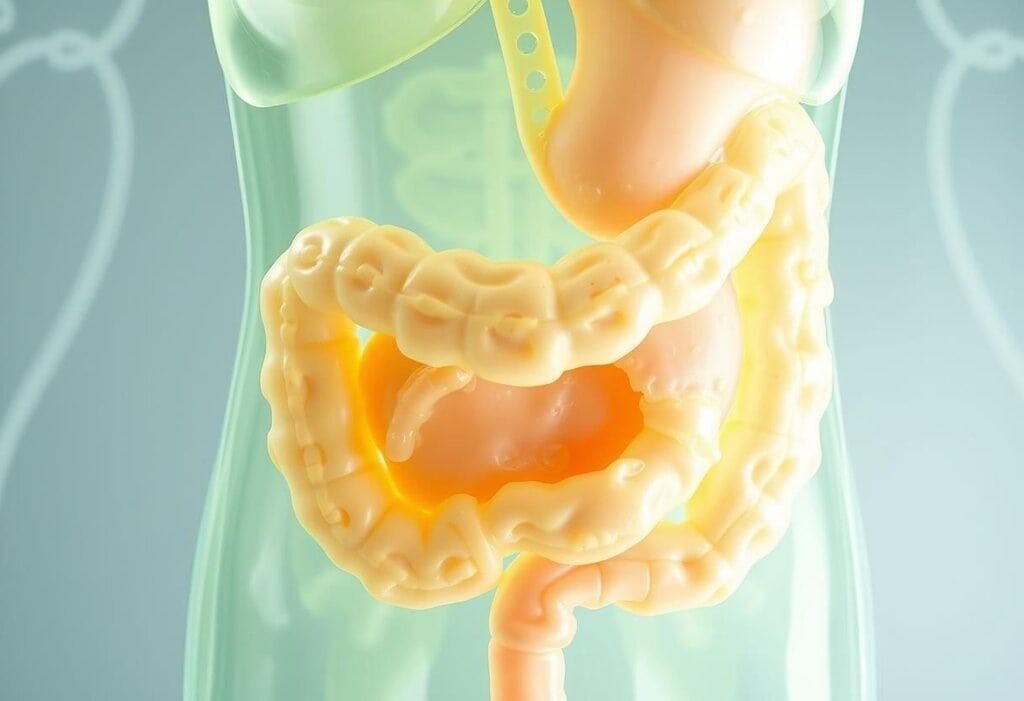Life Processes - 1 Class 10 Worksheet Science

MCQ Questions
Q1: Pair of spongy organs lying in the chest cavity is called
(a) hearts
(b) kidneys
(c) lungs
(d) bronchioles
Q2: Which of the following structures increase the total surface area for the exchange of gases in the lungs?
(a) Bronchi
(b) Alveoli
(c) Bronchioles
(d) Trachea
Q3: bile is produced by
(a) pancreas
(b) liver
(c) small intestine
(d) stomach
Q4: Which of the following represents the correct sequence of air passage during inhalation?
(a) Nostrils→ larynx → pharynx → alveoli → lungs
(b) Nostrils → trachea → pharynx → larynx → lungs
(c) Nostrils → pharynx → larynx → trachea → alveoli
(d) Nostrils → alveoli → pharynx → larynx → lungs
Q5: balloon-like structures present inside the lungs are called
(a) alveoli
(b) bronchioles
(c) bronchi
(d) alveolar ducts
Q6: Haemoglobin, the respiratory pigment is not found in
(a) WBC
(b) RBC
(c) platelets
(d) plasma
Q7: A pacemaker is meant for
(a) transporting liver.
(b) transplanting heart.
(c) initiation of heart beats.
(d) regulation of blood flow.
Q8: Veins can be differentiated from arteries because the veins
(a) have valves
(b) have hard walls.
(c) have pure blood in them.
(d) have thick walls.
Q9: The rate at which oxygen moves from the alveoli of our lungs into our blood
(a) depends on the difference in oxygen concentration between the alveoli and the bloo(d)
(b) depends on the color of the alveoli.
(c) depends on the availability of energy to transport gases across the membrane.
(d) none of the above
Q10: Heart beat can be initiated by
(a) Sino-auricular node
(b) Atrio-ventricular node
(c) Sodium ion
(d) Purkinje’s fibres
Q11: Erythropoesis may be stimulated by the deficiency of
(a) Iron
(b) Oxygen
(c) Protein
(d) None of these
Q12: The chief function of lymph nodes in mammalian body is to
(a) produce RBCs
(b) collect and destroy pathogens
(c) produce a hormone
(d) destroy the old and worn out red blood cells
Q13: Select the correct statement?
(a) Heterotrophs do not synthesise their own food
(b) Heterotrophs utilise solar energy for photosynthesis.
(c) Heterotrophs synthesise their own food
(d) Heterotrophs are capable of converting carbon dioxide and water into carbohydrates.
Q14: During deficiency of oxygen in tissues of human beings, pyruvic acid is converted into lactic acid in the
(a) cytoplasm
(b) chloroplast
(c) mitochondria
(d) golgi body
Q15: The phenomenon of normal breathing in a human being comprises.
(a) an active inspiratory and a passive expiratory phase.
(b) a passive inspiratory and an active expiratory phase.
(c) both active inspiratory and expiratory phases.
(d) both passive inspiratory and expiratory phases.
Q16: Filteration unit of kidney is
(a) ureter
(b) urethra
(c) neuron
(d) nephron
Q17: a column of water within xylem vessels of tall trees does not break under its weight because of:
(a) Tensile strength of water
(b) Lignification of xylem vessels
(c) Positive root pressure
(d) Dissolved sugars in water
Q18: Roots play insignificant role in absorption of water in:
(a) Pistia
(b) Pea
(c) Wheat
(d) Sunflower
Q19: Human urine is usually acidic because
(a) excreted plasma proteins are acidic
(b) potassium and sodium exchange generates acidity.
(c) hydrogen ions are actively secreted into the filtrate.
(d) the sodium transporter exchanges one hydrogen ion for each sodium ion in peritubular capillaries.
Q20: Which one of the following animals has two separate circulatory pathways?
(a) Lizard
(b) Whale
(c) Shark
(d) Frog
Q21: Cow has a special stomach as compared to that of a lion in order to
(a) absorb food in better manner.
(b) digest cellulose present in the food.
(c) assimilate food in a better way.
(d) absorb large amount of water.
Q22: Which of the following is not an enzyme?
(a) Lipase
(b) Amylase
(c) Trypsin
(d) Bilirubin
Fill in the blanks
Q1: The oxygen picked up by haemoglobin gets __________ with blood to various __________.
Q2: amoeba exhibits __________ nutrition.
Q3: chlorophyll is mainly found in the __________ .
Q4: ATP is the__________ for most cellular processes.
Q5: The walls of the alveoli contain an extensive network of __________.
Q6: The oral cavity opens into the __________ .
Q7: __________ is the first part of small intestine.
Mark the statements True (T) or False (F)
Q1: Anaerobic reactions after glycolysis produce lactic acid, or ethanol.
Q2: As compared to aerobic respiration, anaerobic respiration produces more energy.
Q3: Stomach serves as a storehouse of food where complete digestion takes place.
Q4: Gastric glands are present in small intestine.
The solutions of the worksheet "Worksheet Solutions: Life Processes- 1"
|
80 videos|569 docs|80 tests
|
FAQs on Life Processes - 1 Class 10 Worksheet Science
| 1. What are the main life processes in living organisms? |  |
| 2. How do plants and animals differ in their nutrition processes? |  |
| 3. Why is respiration important for living organisms? |  |
| 4. What role does excretion play in the life processes of organisms? |  |
| 5. How do reproduction and growth contribute to the survival of a species? |  |

















